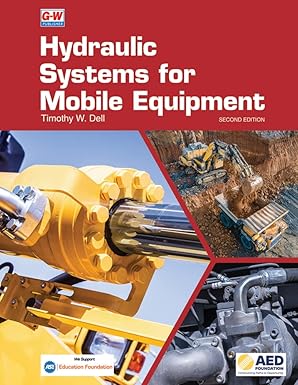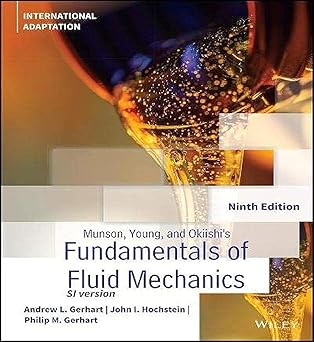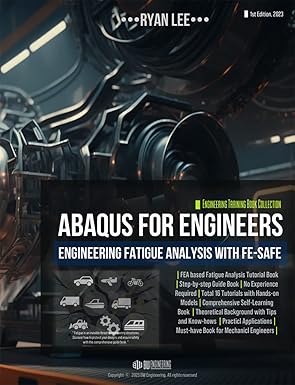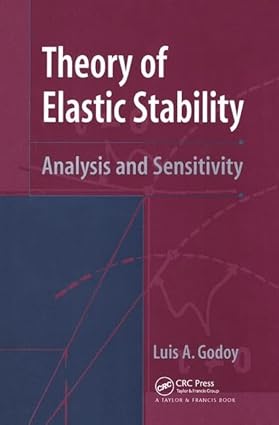A Complete Training Solution for Hazardous Materials Technicians and Incident Commanders!
In 1982, the authors Mike Hildebrand and Greg Noll, along with Jimmy Yvorra, first introduced the concept of the Eight-Step Process© for managing
hazardous materials (hazmat) incidents when their highly regarded manual, Hazardous Materials: Managing the Incident was published. Now
in its revised fourth edition, this text is widely used by fire fighters, hazmat teams, bomb squads, industrial emergency response teams, and other
emergency responders who may manage unplanned hazardous materials incidents. As a result of changing government regulations and consensus
standards, as well as the need for terrorism response training, Mr. Noll and Mr. Hildebrand have modified and refined their process of managing
hazmat incidents and added enhanced content, tips, case studies, and detailed charts and tables.
The Revised Fourth Edition contains comprehensive content covering:
• Hazard assessment and risk evaluation
• Identifying the problem and implementing the response plan
• Hazardous materials properties and effects
• Identifying and coordinating resources
• Decontamination procedures
• The Eight-Step Process©
• Personal protective equipment selection
• Procedures for terminating the incident
The Revised Fourth Edition’s dynamic features include:
• NFPA 1072 and 472 Correlation Guide for the Hazardous Materials Technician and Hazardous Materials Incident Commander levels
• Correlation matrix to the National Fire Academy’s Fire and Emergency Services Higher Education (FESHE) Bachelor’s (Non-Core) Managerial Issues
in Hazardous Materials Course (C0274)
• Realistic, detailed case studies
• Practical, step-by-step skill drills
• Important hazardous materials technician and safety tips
Also available to support Hazardous Materials: Managing the Incident, Fourth Edition:
• Hazardous Materials: Managing the Incident, Fourth Edition Field Operations Guide
• Hazardous Materials: Managing the Incident, Fourth Edition Student Workbook
• Navigate TestPrep: Hazardous Materials: Managing the Incident
• Hazardous Materials: Awareness and Operations, Third Editio
چکیده فارسی
یک راه حل آموزشی کامل برای تکنسین های مواد خطرناک و فرماندهان حوادث!
در سال 1982، نویسندگان مایک هیلدبراند و گرگ نول، همراه با جیمی یوورا، برای اولین بار مفهوم فرآیند هشت مرحله ای © را برای مدیریت معرفی کردند
مواد خطرناک (hazmat) حوادث زمانی که کتابچه راهنمای بسیار مورد توجه آنها، Hazardous Materials: Managing the Incident منتشر شد. اکنون
در ویرایش چهارم بازبینی شده، این متن به طور گسترده توسط آتش نشانان، تیم های hazmat، جوخه های بمب گذاری، تیم های واکنش اضطراری صنعتی و سایر موارد استفاده می شود
امدادگران اضطراری که ممکن است حوادث ناخواسته مواد خطرناک را مدیریت کنند. در نتیجه تغییر مقررات دولتی و اجماع
استانداردها و همچنین نیاز به آموزش واکنش به تروریسم، آقای نول و آقای هیلدبراند روند مدیریت خود را اصلاح و اصلاح کرده اند
حوادث hazmat و افزودن محتوای پیشرفته، نکات، مطالعات موردی، و نمودارها و جداول دقیق.
ویرایش چهارم بازبینی شده حاوی محتوای جامعی است که شامل موارد زیر است:
• ارزیابی خطر و ارزیابی ریسک
• شناسایی مشکل و اجرای طرح پاسخ
• خواص و اثرات مواد خطرناک
• شناسایی و هماهنگی منابع
• روشهای ضد عفونی
• فرآیند هشت مرحله ای©
• انتخاب تجهیزات حفاظت فردی
• رویه های خاتمه حادثه
ویژگیهای پویا ویرایش چهارم عبارتند از:
• NFPA 1072 و 472 راهنمای همبستگی برای سطوح تکنسین مواد خطرناک و سطوح فرمانده حوادث مواد خطرناک
ماتریس همبستگی با مسائل مدیریتی لیسانس (غیر اصلی) آموزش عالی آتش نشانی و خدمات اضطراری آکادمی ملی آتش نشانی (FESHE)
در درس مواد خطرناک (C0274)
• مطالعات موردی واقع بینانه و دقیق
تمرینات مهارتی عملی و گام به گام
• تکنسین و نکات ایمنی مهم مواد خطرناک
همچنین برای پشتیبانی از مواد خطرناک: مدیریت حادثه، نسخه چهارم:
موجود است • مواد خطرناک: مدیریت حادثه، نسخه چهارم راهنمای عملیات میدانی
• مواد خطرناک: مدیریت حادثه، کتاب کار دانش آموز ویرایش چهارم
â €¢ پیمایش TestPrep: مواد خطرناک: مدیریت حادثه
• مواد خطرناک: آگاهی و عملیات، ویرایش سوم
ادامه ...
بستن ...
Ebook details:
عنوان: Hazardous Materials: Managing the Incident with Navigate 2 Advantage Access
نویسنده: Gregory G. Noll, Michael S. Hildebrand, Glen Rudner, Rob Schnepp
ناشر: Jones & Bartlett Learning; 4 edition (May 1, 2018)
زبان: English
شابک: 1284188345, 978-1284188349
حجم: 52 Mb
فرمت: True Pdf
ادامه ...
بستن ...










